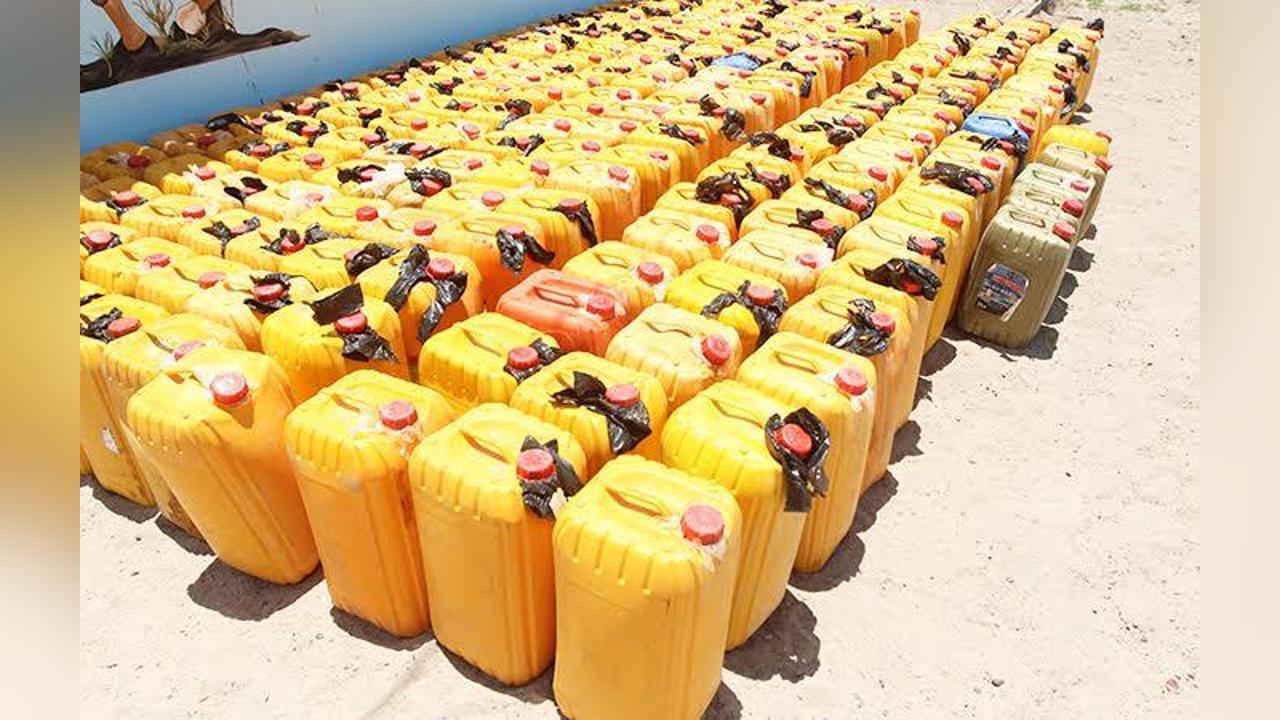Africa-Press – Angola. hirty-eight thousand and 325 liters of fuel, intended for illegal sale, in neighboring Namibia, were seized, during the year 2023, by the defense and security bodies of the province of Cunene.
Data from the year-end balance report of the Ministry of the Interior delegation, this Tuesday, indicate that of the fuel seized, 30 thousand and two liters are gasoline and eight thousand are diesel.
Much of the fuel that ends up in smuggling is purchased at pumps located in the provinces of Cunene and Huíla, to be sold in Namibian territory, by national and foreign citizens who pack it in 25, 30 and 200 liter drums and others in storage. of adapted vehicles.
According to the National Police (PN) in Cunene, the phenomenon derives from the low price charged by Angola compared to neighboring Namibia, where the protagonists use unauthorized paths, as a result of the extension of the common border.
To stop and combat such practices, the Interior delegate and PN commander in Cunene, Commissioner António Ribeiro, ensured the reinforcement of mechanisms to combat fuel smuggling along the border.
He admitted that the process is gaining importance in the province, a fact that requires the operative forces to redouble their actions aimed at combating this evil, which has been harming good governance efforts in the country.
António Ribeiro said that it is essential to increase the strategy to combat the sale of fuel, highlighting the need for the population’s cooperation in denouncing these practices.
He explained that, in recent times, motorists have chosen to change vehicle tanks in order to transport the largest volume of the product, which forced the Government to take measures against cars with Namibian registration plates refueling at selected points.
The measures include confining such vehicles to refuel at stations in Santa Clara, while heavy goods vehicles refuel at pumps in the Naipalala (Ondjiva) and Xangongo (Ombadja) neighborhoods.
The province of Cunene shares 460 kilometers of border with Namibia, of which 340 are land and 120 are river.
For More News And Analysis About Angola Follow Africa-Press






